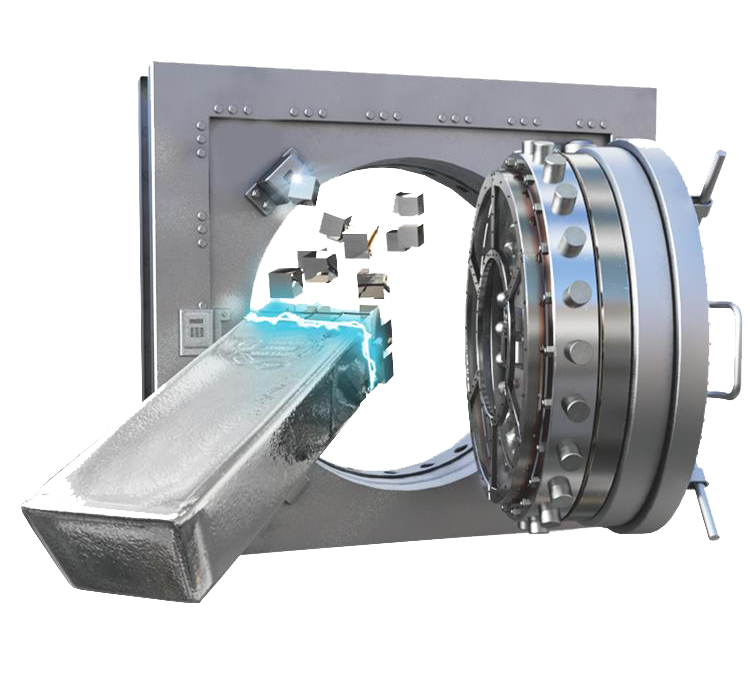Here’s something wild: most silver mines aren’t really silver mines.
Roughly 70% of all silver comes as a byproduct of mining for other metals like copper, zinc, and lead. That means silver production isn’t responding to silver demand — or even silver prices. And that’s a problem.
In the latest episode of The Gold Silver Show, Mike Maloney and Alan Hibbard break down why this strange dynamic is setting silver up for an explosive move — and why the supply side may be powerless to stop it.
Silver Supply Is Tied to Other Markets
Unlike gold, silver isn’t typically mined directly. The vast majority of silver is produced as a “bonus” during the extraction of other base metals. This makes silver supply largely dependent on the economics of mining those other metals — not silver itself.
So what happens when silver demand skyrockets, but the producers can’t increase supply? You get a disconnect that’s now colliding with the real world.
This is exactly what Mike and Alan warn about: the structural flaw that could cause a runaway price scenario.
New Mines Take Too Long
Even if mining companies wanted to increase primary silver production, it wouldn’t happen quickly.
Permitting, exploration, feasibility studies, and infrastructure development now take 10–20 years. That’s a full generation before any meaningful new supply can come online.
Meanwhile, demand from investors, industry, and green tech is ramping up now. From solar panels and EVs to electronics and batteries, silver is irreplaceable — and increasingly essential. That demand isn’t waiting for supply to catch up.
Miners Are Getting Squeezed
Even current silver producers are feeling the pinch.
Operating costs are rising. Regulatory hurdles are growing. Profit margins are getting thinner. And with silver prices stuck in consolidation for years, many producers are holding back or shutting down operations altogether.
This leaves the market in an even more fragile position — fewer producers, lower output, and a system with no slack to absorb a spike in demand.
There’s a Talent Crisis in Mining
There’s also a long-term structural issue few are talking about: the people who actually find and develop these resources are retiring.
The mining sector is facing a shortage of skilled geologists, engineers, and metallurgists. Universities are producing fewer mining professionals, and industry veterans are aging out with no clear replacement.
This bottleneck means even if silver prices surge and capital floods in, there may not be enough human talent to translate that into new supply.
A Breaking Point Approaches
The silver supply deficit isn’t just a forecast — it’s already here.
With demand surging and structural barriers holding supply down, it’s only a matter of time before the pressure becomes visible in the price.
Smart money is already positioning itself. Watch the full episode now and see why silver’s supply shock could send silver prices much higher.















